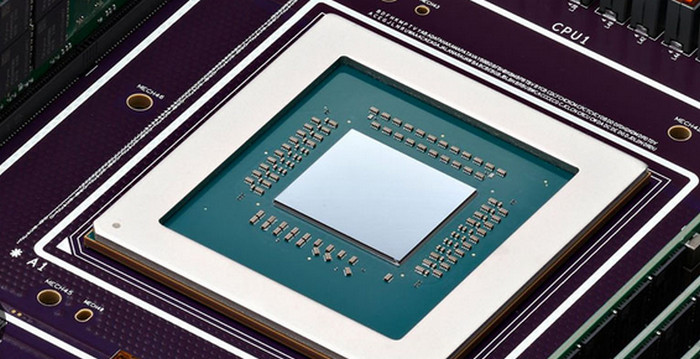In recent years, the concept of self-destructing data has gained traction as a means of enhancing privacy and security in digital environments. Google, a global technology leader, has been at the forefront of developing innovative solutions in this domain, particularly through the use of artificial intelligence (AI). In this article, we delve into Google’s AI-powered self-destruct plan, exploring its purpose, implementation, benefits, and potential implications.
Understanding Self-Destructing Data
Self-destructing data refers to digital information that is designed to automatically delete or become inaccessible after a certain period or under specific conditions. This concept is especially relevant in contexts where data privacy and security are paramount, such as sensitive communications, confidential documents, and private conversations.
Google’s Approach with AI
Google’s AI-powered self-destruct plan leverages advanced machine learning algorithms and predictive analytics to enhance the management and security of sensitive data. The key components of Google’s approach include:
1. Predictive Analysis
Google’s AI algorithms analyze user behavior, context, and data patterns to predict when certain information should be self-destructed. For example, the system may identify that a confidential email or file is no longer relevant or necessary after a specified time frame, prompting it to initiate the self-destruct sequence.
2. Contextual Triggers
The self-destruct mechanism is triggered by contextual factors, such as the expiration of a predefined period, user-defined settings, or specific events (e.g., recipient access, location-based triggers). This ensures that data deletion occurs in a timely and contextually relevant manner.
3. Secure Deletion Protocols
Google implements robust encryption standards and secure deletion protocols to ensure that self-destructed data is irretrievable by unauthorized parties. This includes cryptographic key management, data shredding techniques, and audit trails to track data access and deletion activities.
4. User Controls and Transparency
Users have granular control over the self-destruct settings, allowing them to specify retention periods, access permissions, and deletion criteria for different types of data. Google also provides transparency regarding the self-destruct process, including notifications, logs, and compliance reporting.
Benefits of AI-Powered Self-Destruct
Google’s AI-powered self-destruct plan offers several benefits for individuals, businesses, and organizations:
1. Enhanced Privacy Protection
Sensitive information remains protected and confidential, reducing the risk of data breaches, leaks, or unauthorized access. Self-destructing data minimizes the exposure of sensitive content beyond its intended lifespan.
2. Compliance and Governance
Organizations can comply with data retention policies, regulatory requirements (e.g., GDPR, HIPAA), and industry standards by automatically deleting data that is no longer needed or permissible to retain.
3. Data Lifecycle Management
AI-driven self-destruct mechanisms optimize data lifecycle management, ensuring that outdated or redundant information is systematically removed, reducing storage overhead and improving data hygiene.
4. Security Incident Response
In the event of a security incident or data breach, self-destructing data limits the exposure and impact by automatically removing compromised information, mitigating the risk of prolonged exposure or exploitation.
Potential Challenges and Considerations
While Google’s AI-powered self-destruct plan offers significant advantages, there are important considerations and challenges to address:
1. False Positives
AI algorithms may occasionally trigger self-destruct actions erroneously, leading to the unintentional deletion of valuable or relevant data. Fine-tuning algorithms and providing user overrides can mitigate this risk.
2. Legal and Ethical Implications
The automated deletion of data raises legal and ethical considerations, especially regarding data ownership, consent, and the right to be forgotten. Clear policies, transparency, and user consent mechanisms are essential.
3. Data Recovery and Backup
Self-destructed data may not be recoverable, highlighting the importance of robust backup and recovery strategies to prevent data loss in case of accidental deletions or system failures.
4. User Adoption and Training
Effective user education, training, and awareness programs are crucial to ensure that individuals understand how the self-destruct mechanism works, how to configure settings, and how to manage their data securely.
Conclusion
Google’s AI-powered self-destruct plan represents a significant advancement in data privacy, security, and management. By leveraging AI capabilities to automate the deletion of sensitive information, Google aims to empower users and organizations with greater control, transparency, and compliance in handling digital data. As this technology evolves, it will be essential to address challenges, monitor ethical implications, and continue innovating to meet evolving privacy and security needs in the digital age.










